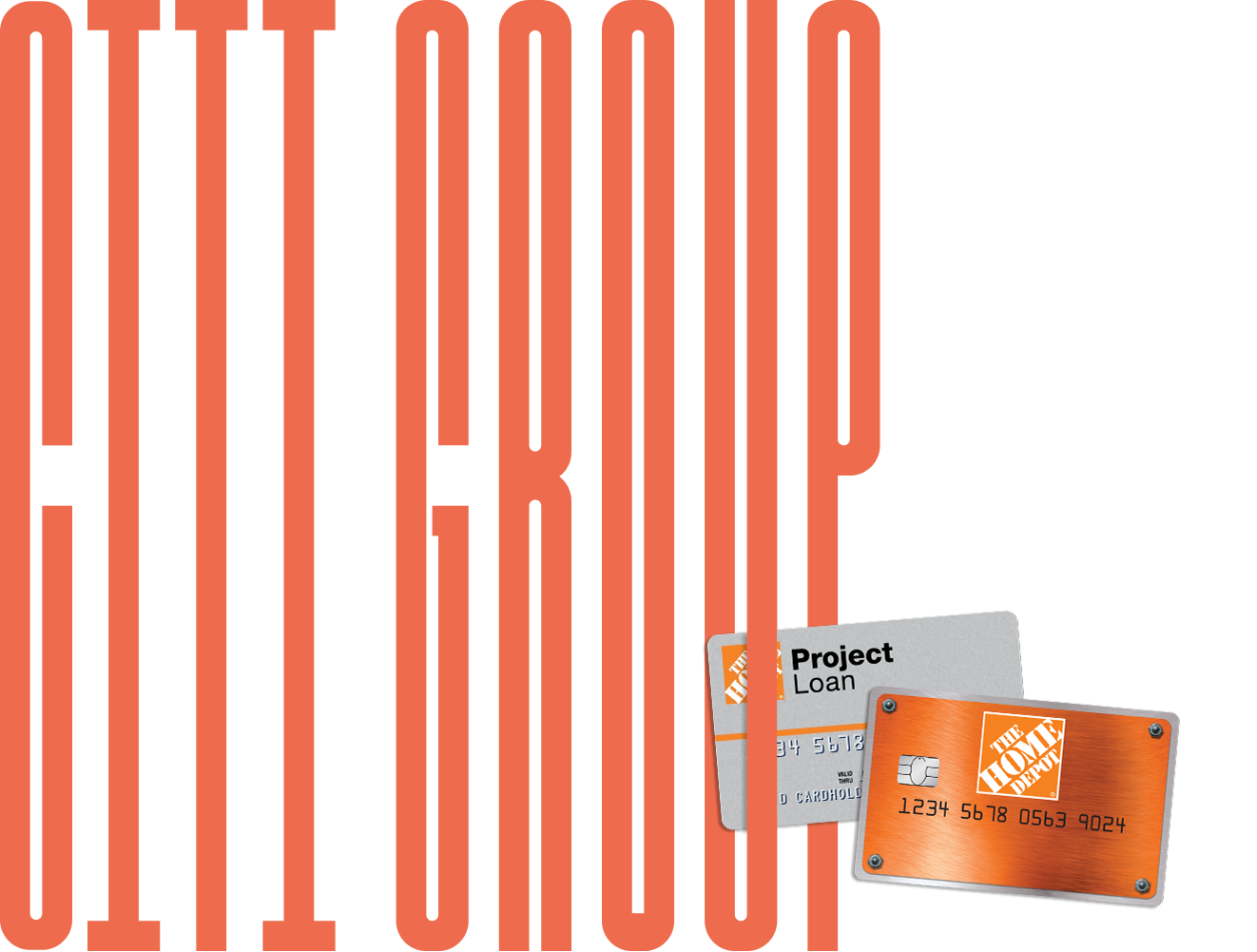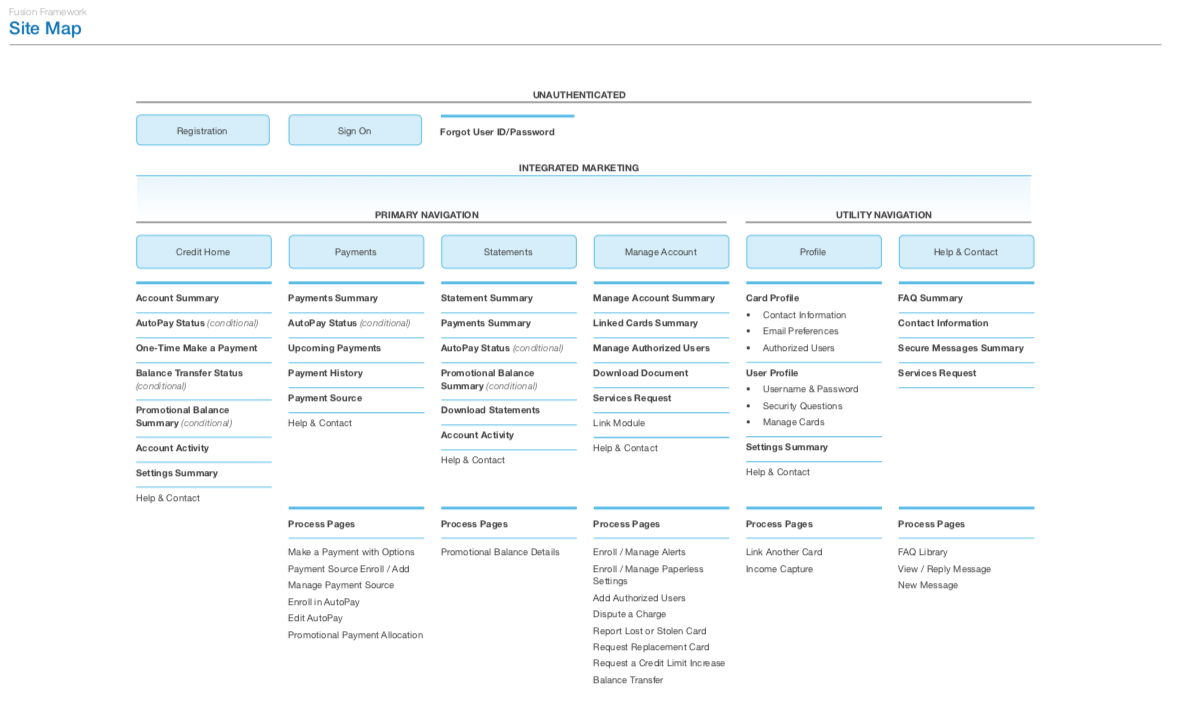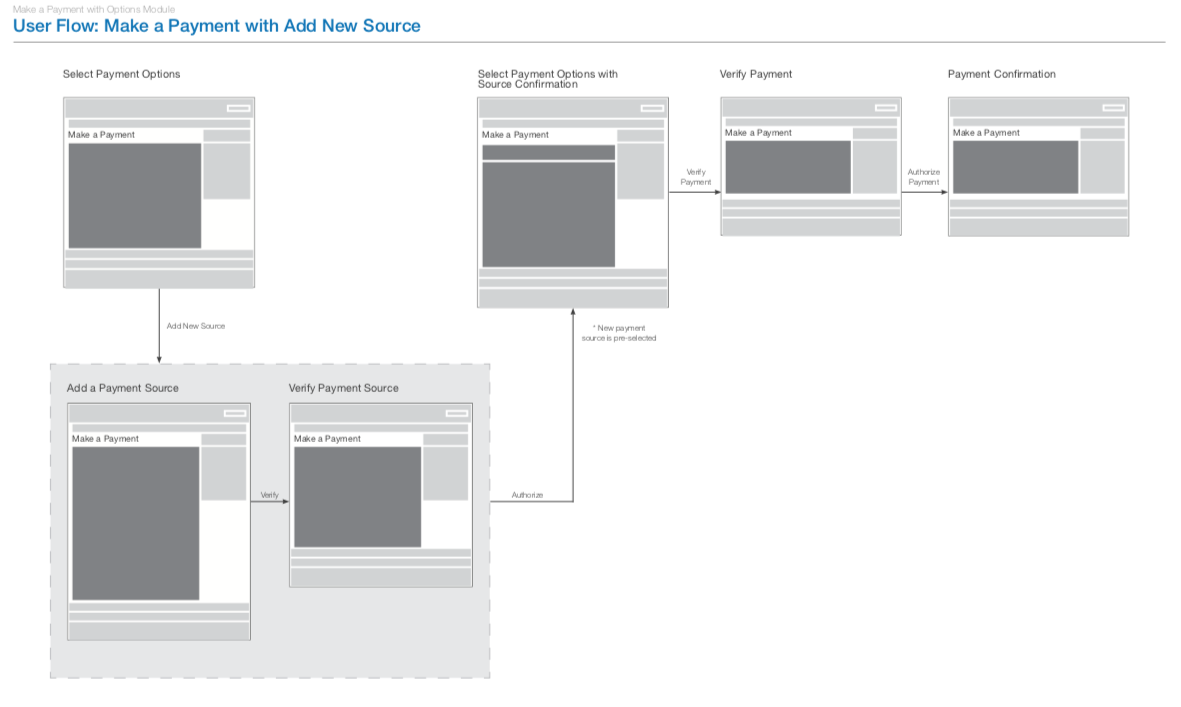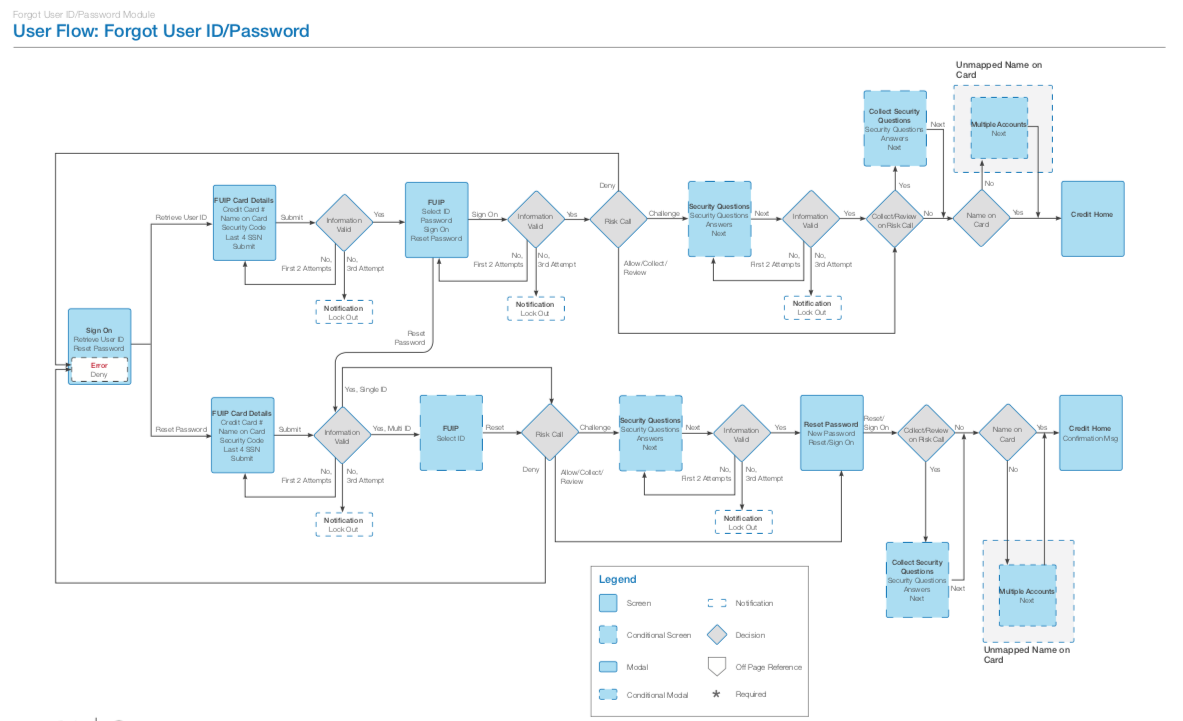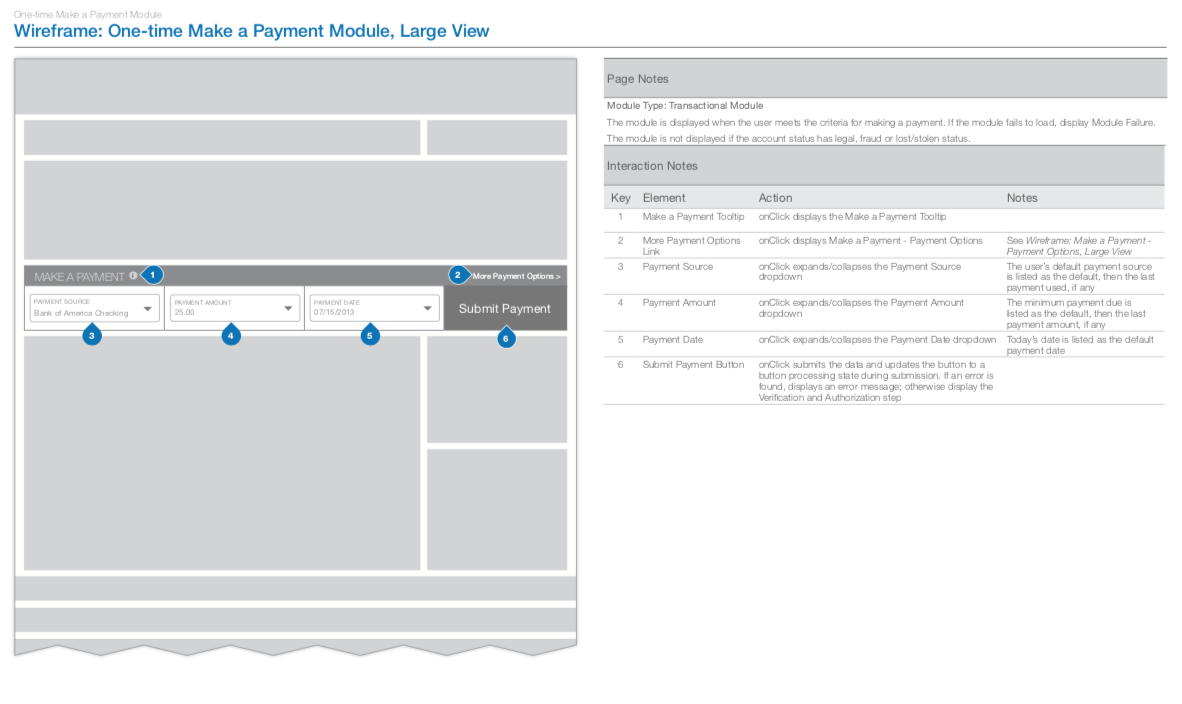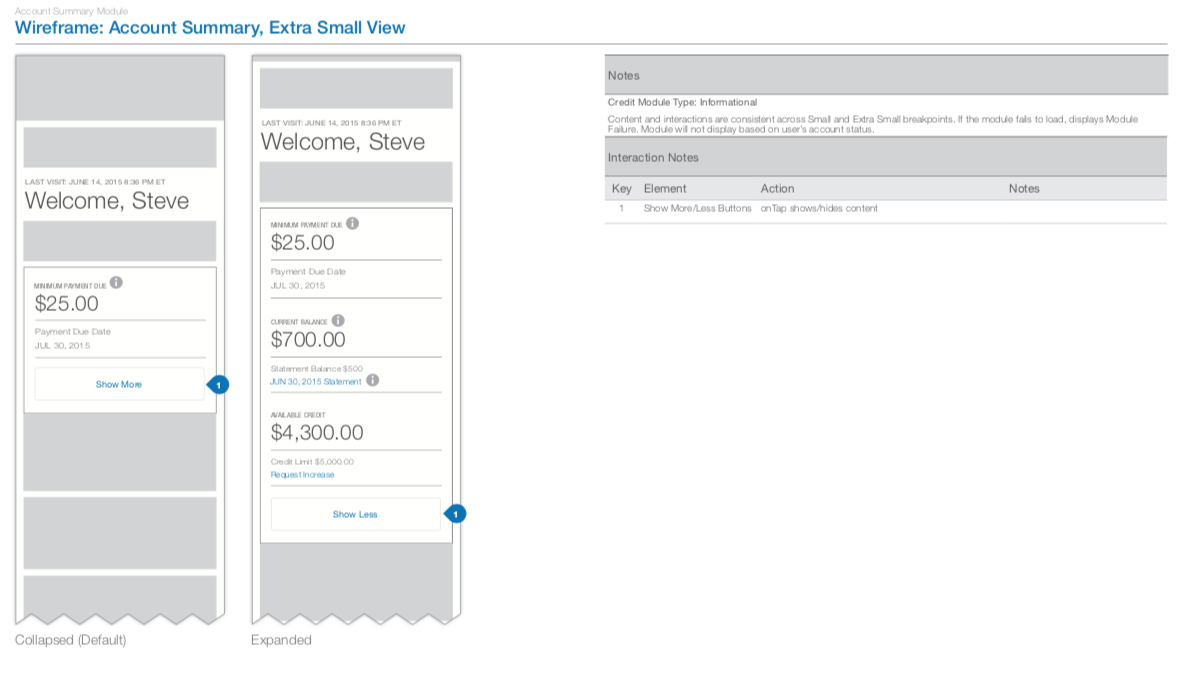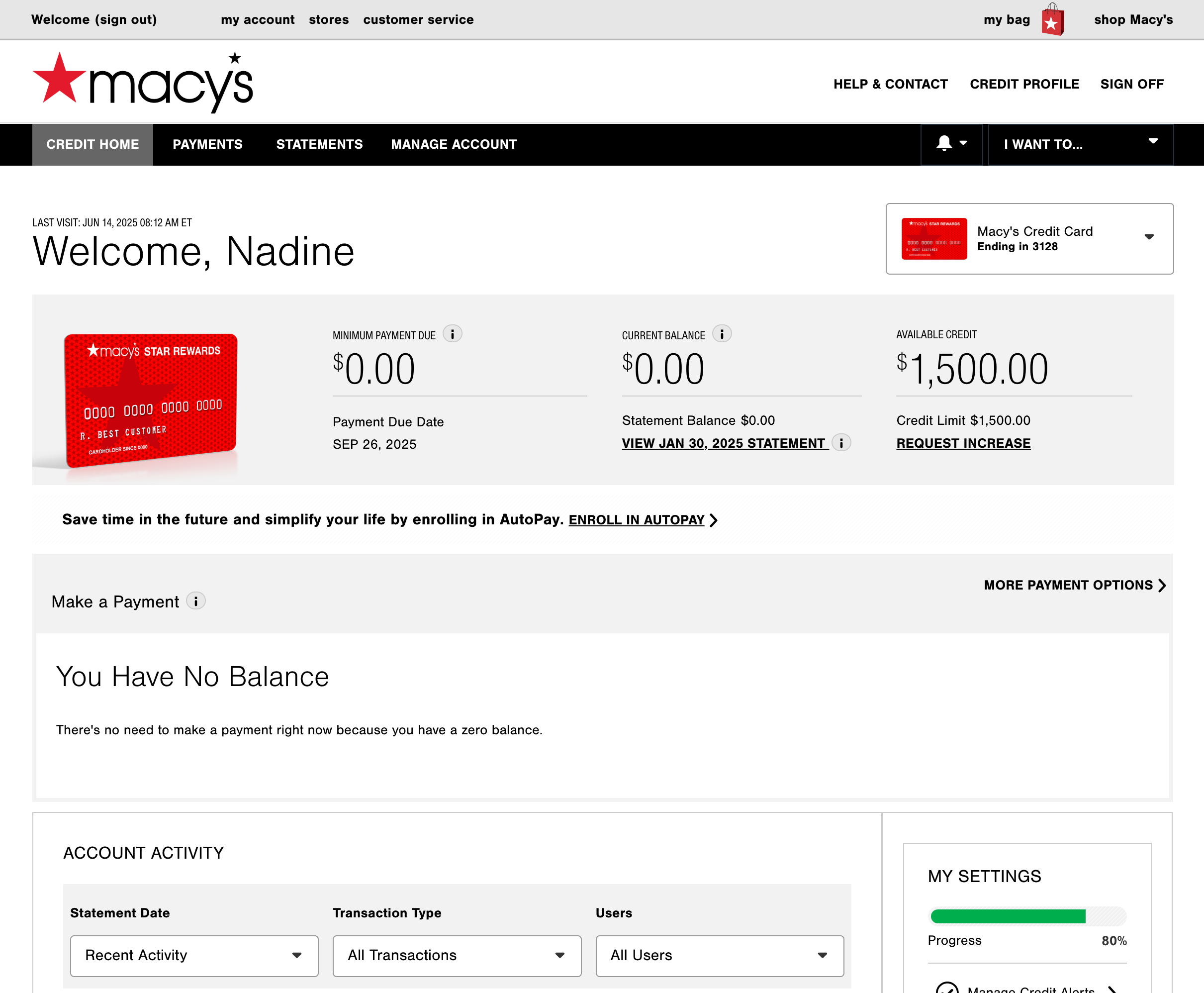Wireframes
Documentation Galore
Working with Citi’s internal teams, we needed to be precise and detailed with our documentation as it would be leveraged throughout the organization and we wouldn’t always be available to answer any questions they might have. So, when it came time to deploy a section of features the site, we would have copious notes with every instance and interaction noted. Sometimes our delivered decks would be upwards to 1,200+ pages when the project was all said and done.
